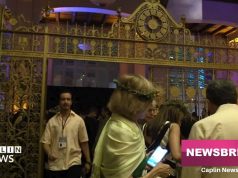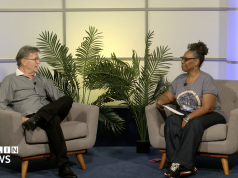African spiritual practices, such as Hoodoo or Voodoo, have been around for centuries. Although often painted in a negative light today by mainstream media, these practices are resources for anyone of African descent to form connections to ancestors, and individuals feel that it leads them to answers they seek.
Notty, a witch and rootworker, does her work to heal herself and others with the goal of helping people learn that they can create their own path, or “reality,” as she says. She focuses on ATR (African traditional religions) and Hoodoo.
“I’m basically a spiritual advisor or healer. I want to help others walk the path they are supposed to walk down, learn how to heal from traumas and be happy within themselves and who they are as a person.”
Between dealing with a pandemic, racism and heightened racial tension, 2020 has proven itself to be a trying time for African Americans. Many are turning back to ancestors’ traditions to find healing and peace of mind.
Notty, who feels like the Black sheep in her family, said that a need for change is what led her on this path.
“I wanted to break out of the cycle that my family has been in for years and years. When I said, ‘I wanted to break that cycle,’ that’s when my ancestors were like ‘Ok, it’s time to show her the way. I’m really grateful for figuring out this path,” she said.
The History
According to “Sticks, Stones, Roots and Bones” by Stephanie Rose Bird, the hybrids of ancient African-based religion are now thriving all over the world.
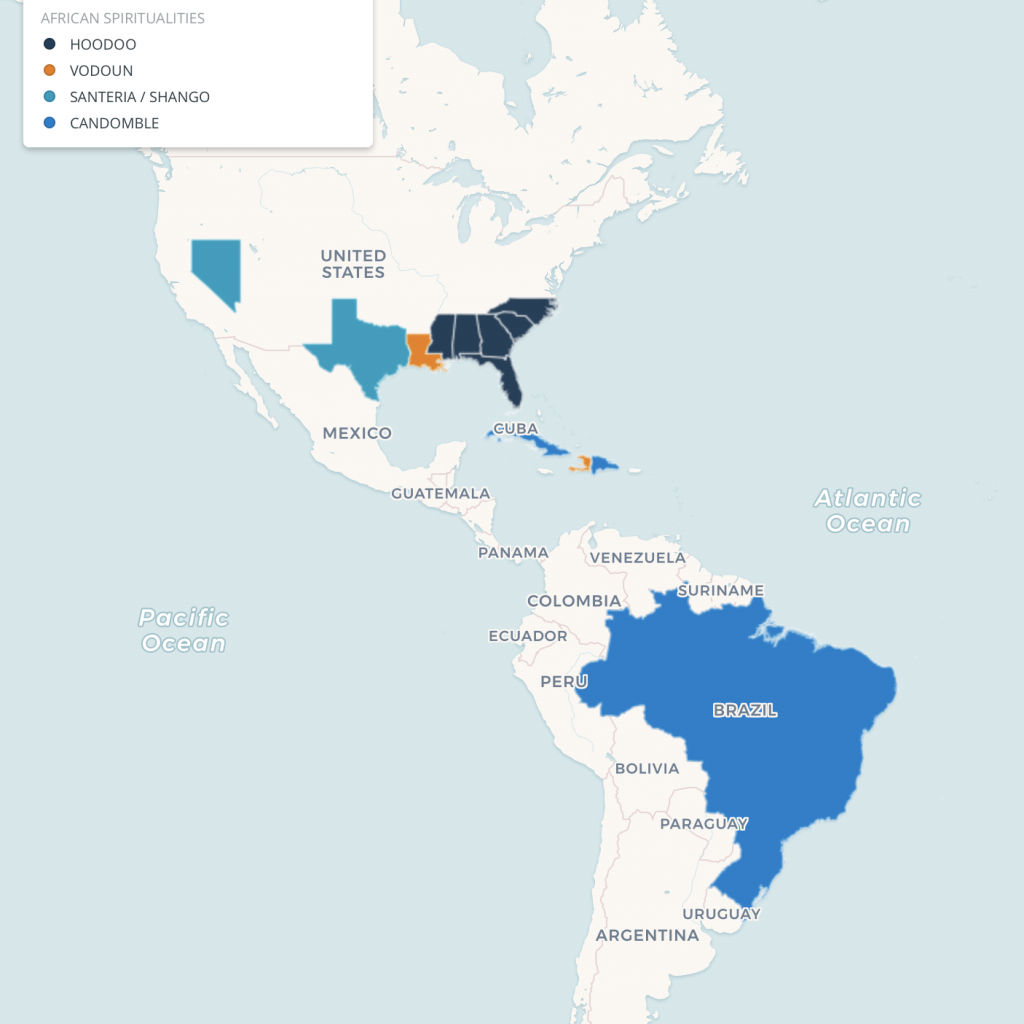
Hoodoo is known to be distinctly American formed after the African slave trade to America. They needed to alter their homeland beliefs to continue practicing in secret without the knowledge of the slave owners for fear of punishment as severe as death.
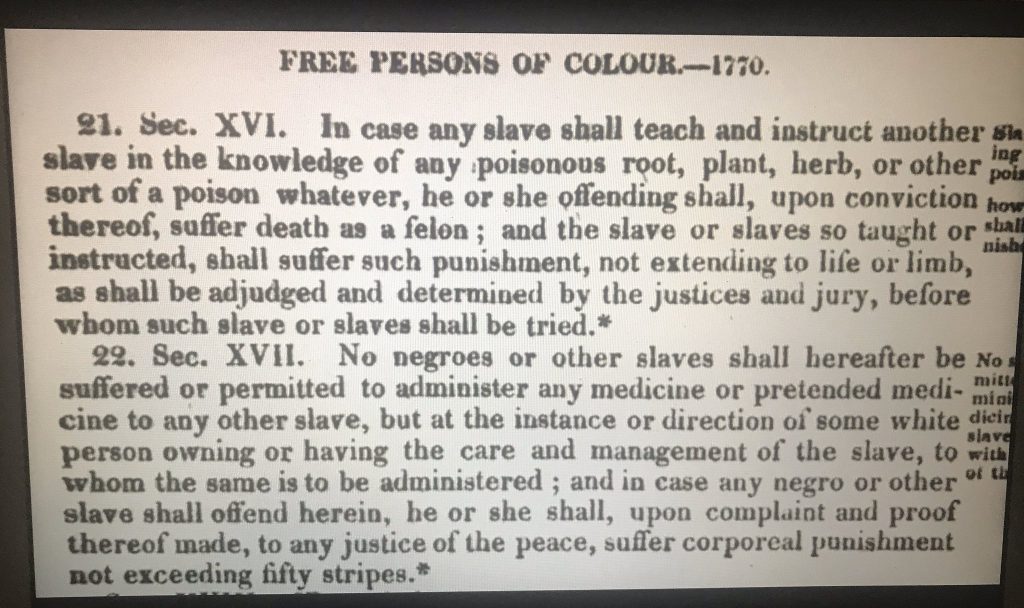
Zora Neale Hurston was well-known as a Black author, anthropologist, filmmaker and a prominent voice during the Harlem Renaissance, a period starting in the 1920s were African American culture and creative arts blossomed. Hurston become the first African American to chronicle Negro folklore and hoodoo at the request of Charlotte Osgood Mason, an American socialite and philanthropist.
Although a Florida native, Hurston traveled all across America for her work. She talks of finding herself in New Orleans in Aug. of 1928 in what she called “the kingdom of Marie Laveau,” aka the Hoodoo Queen, in a letter she wrote to a leader of the Harlem Renaissance Langston Hughes, an American poet, novelist, social activist and playwright. Here she spent her time getting to know the Black community in Louisiana and working to immerse herself in Hoodoo with Marie Laveau. Hurston’s experiences are published in her book Mules and Men.
Notty, who has an interest in Hoodoo, noted that it’s important to research and learn about the religion you plan to practice and said “if you are not of African descent you are strongly advised against following any of the practices” because it’s a closed practice and would upset African spirits.
She gives a brief disclaimer during one of her YouTube videos titled, “the basics of hoodoo.”
A new beginning: How to learn more
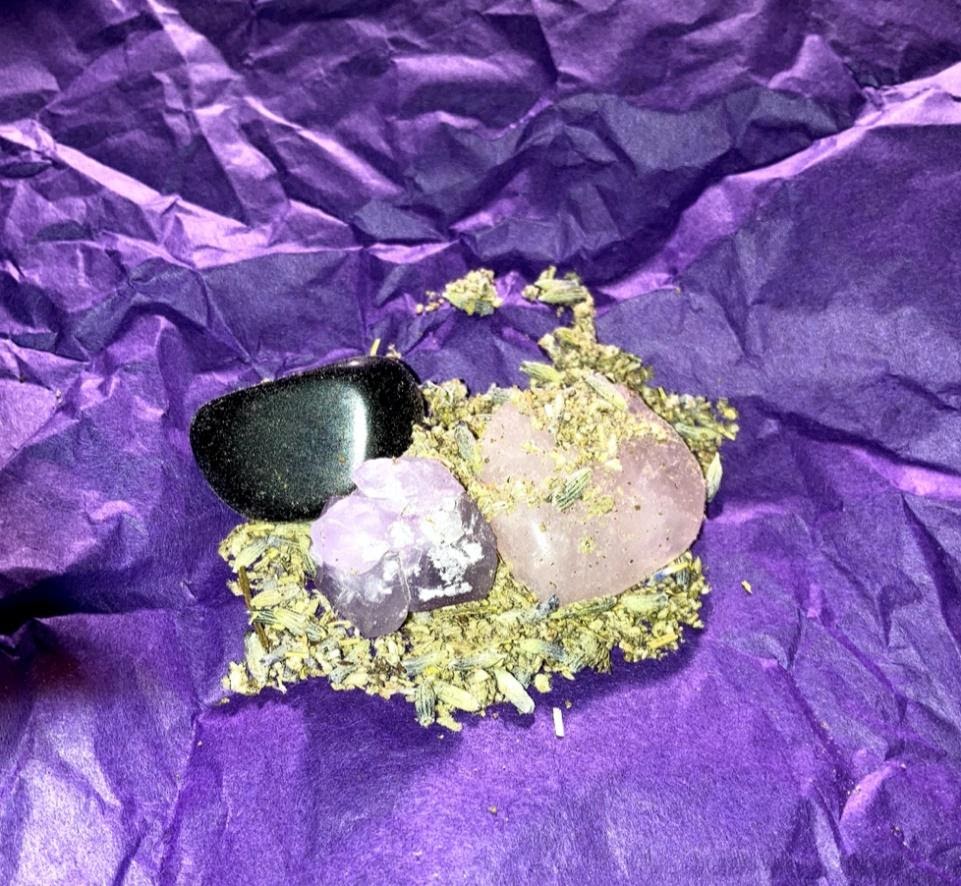
This reporter implemented some practices of Hoodoo into her everyday life. Through reading books, researching on websites and watching videos, she has started on her journey into a new practice.
Three things that she has learned on her journey are: (1) how to meditate and manifest. Meditation is defined as thinking deeply or to focus one’s mind for a period of time, in silence or with the aid of changing, for religious or spiritual purposes or as a method of relaxation. Manifestation is defined as a public display of emotion or feeling, or something theoretical made real. (2) She has started communicating with her inner child, and (3) the importance of journaling.
For those looking to expand their knowledge, here are recommended resources:
- For text: “Sticks, Stones, Roots and Bones” by Stephanie Rose Bird
- Websites: Spirit Roots
- Video: Notty Designs YouTube
- Shops: Google metaphysical shops in your area.
Notty also encouraged all those who are learning about Hoodoo to learn about protection spells.




























